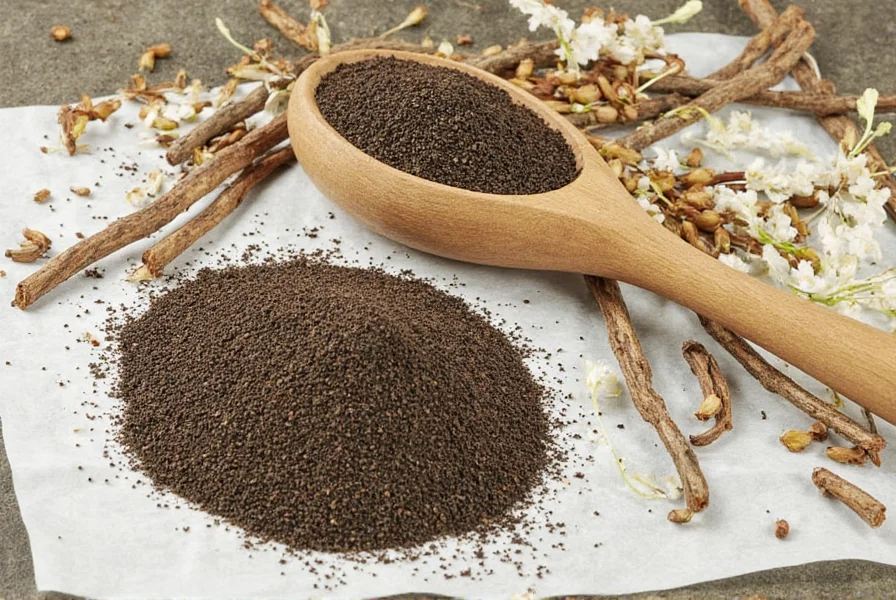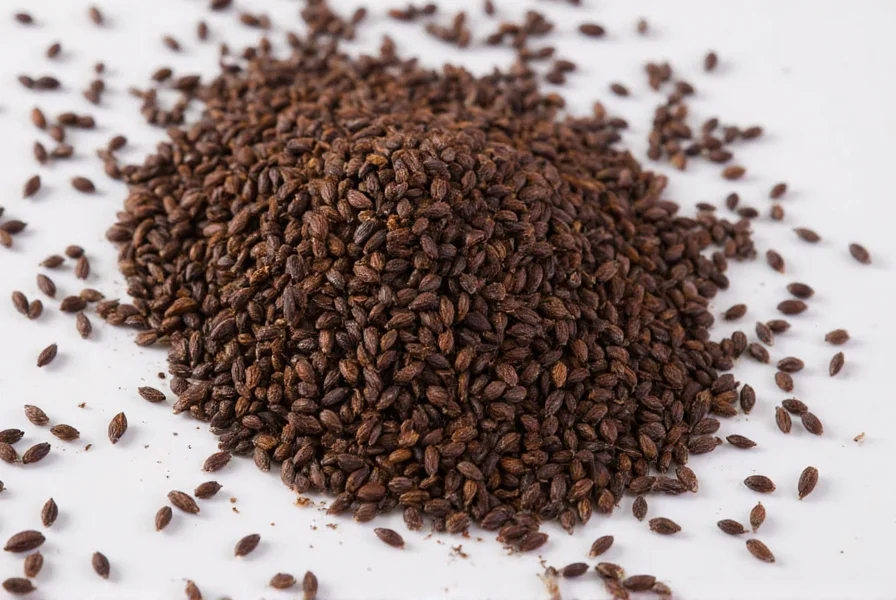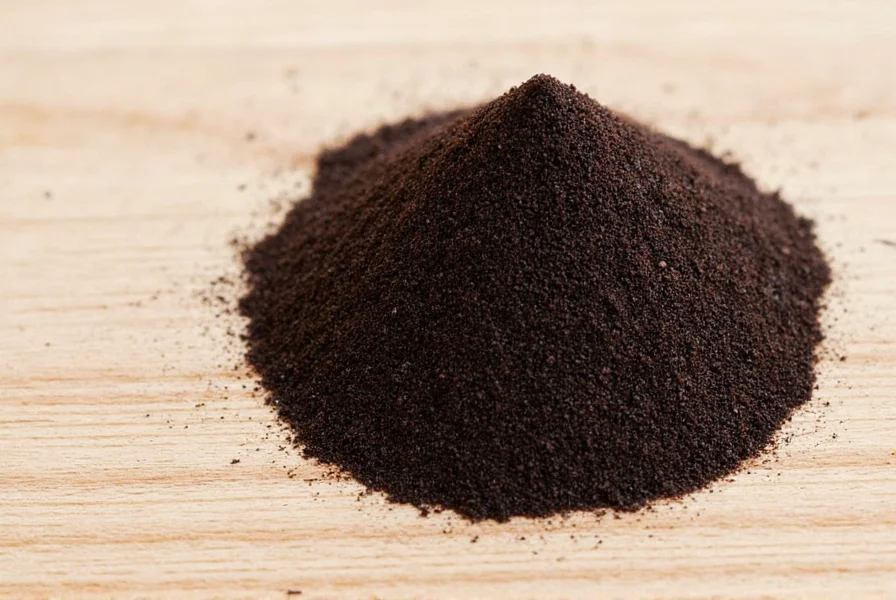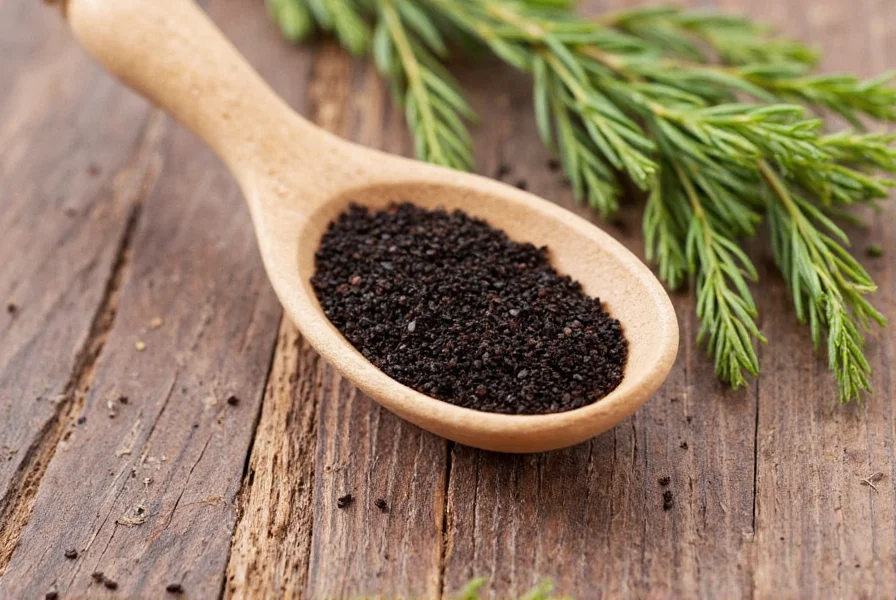Black Aniseed: The Dark Horse of Spices You Can’t Ignore!
Table of Contents
- What Is Black Aniseed?
- Black vs. Star Anise: What’s the Difference?
- Top 5 Culinary Uses of Black Aniseed
- Health Benefits of Black Aniseed
- Buying Guide: How to Choose the Best Black Aniseed
- How to Store and Preserve Freshness
- Cooking with Black Aniseed: Tips & Tricks
- Fun Fact: Did You Know?
- Final Thoughts
What Is Black Aniseed?
If you’re thinking that black aniseed looks a bit like star anise, you're not wrong — but there are some key differences! Botanically known as Pimpinella anisum, black aniseed is actually the dried fruit (seed) of a flowering plant in the parsley family. It has a rich licorice-like flavor and aroma, often used whole or ground in various cuisines across the world.

Origins and Cultivation
Native to the eastern Mediterranean region and Southwest Asia, black aniseed has been cultivated for centuries. Today, it's widely grown in countries like Egypt, Spain, Turkey, and India. The plant thrives in warm, dry climates, and the seeds are harvested once fully matured for maximum potency.
Black Aniseed vs. Star Anise: What’s the Real Difference?
It’s easy to confuse black aniseed with star anise, especially since both have that unmistakable licorice flavor. But they come from different plants and offer unique culinary experiences. Let’s break it down:
| Feature | Black Aniseed | Star Anise |
|---|---|---|
| Scientific Name | Pimpinella anisum | Illicium verum |
| Taste | Sweet, aromatic, licorice-like | Stronger, more bitter, earthy licorice |
| Appearance | Small, oval blackish seeds | Star-shaped reddish-brown pods |
| Common Use | Baking, desserts, herbal teas | Chinese soups, pho, spice blends |
| Aroma Intensity | Mild to moderate | Very strong |
When to Use Which?
- Use black aniseed when you want a subtle, sweet licorice note in your dish or beverage.
- Reach for star anise if you need a bold, earthy punch — perfect for broths and long-cooked stews.
Top 5 Culinary Uses of Black Aniseed
Whether you're a home cook or a professional chef, here are five ways to make the most out of black aniseed:
- In Baking: Crush black aniseed and mix into cookie dough, breads, or biscotti for a hint of licorice. Works great with citrus flavors too!
- With Cheese: Sprinkle crushed black aniseed on soft cheeses like goat cheese or brie for an interesting twist.
- In Herbal Teas: Add a pinch of crushed seeds to herbal tea blends — pairs beautifully with fennel and peppermint.
- For Meat Rubs: Combine with garlic, cumin, and coriander for a unique spice rub on lamb or pork.
- With Fruit Dishes: Try it with poached pears or figs for a complex, aromatic dessert.

Health Benefits of Black Aniseed
Black aniseed isn’t just tasty — it also comes with a range of health benefits backed by traditional use and modern research:
- Digestive Aid: Known to relieve bloating, gas, and indigestion. Great after heavy meals.
- Antioxidant Properties: Rich in polyphenols that help fight free radicals and reduce inflammation.
- Antimicrobial Effects: Some studies suggest its essential oil can inhibit bacterial growth.
- Menstrual Relief: Used in herbal medicine to ease menstrual cramps and regulate cycles.
- Anti-Anxiety Potential: Inhalation of aniseed oil may help reduce stress and promote relaxation.
Buying Guide: How to Choose the Best Black Aniseed
Not all black aniseed is created equal. Here’s what to look for when shopping for high-quality seeds:
Whole vs. Ground
- Whole Seeds: Last longer and retain more flavor. Ideal for infusions, baking, or grinding fresh at home.
- Ground Powder: Convenient for quick use but loses potency faster. Keep it in an airtight container away from light.
Product Comparison Table
| Product | Features | Best For | Price Range |
|---|---|---|---|
| Organic Black Aniseed (Whole) | Non-GMO, ethically sourced, vacuum-sealed packaging | Chefs and bakers who want control over texture | $8–$12 per 100g |
| Premium Ground Aniseed | 100% pure, no additives, fine powder consistency | Quick baking or cooking without prep work | $6–$10 per 50g |
| Exotic Spice Blends (with Aniseed) | Pre-mixed with cinnamon, clove, and cardamom | Those who enjoy multi-spice applications | $12–$18 per blend pack |
How to Store and Preserve Freshness
Proper storage is crucial for keeping black aniseed potent and flavorful. Follow these tips:
- Airtight Containers: Store whole seeds in glass jars or spice tins to prevent moisture exposure.
- Cool & Dry Location: Avoid heat and humidity — kitchen cabinets away from the stove are ideal.
- Shelf Life: Whole seeds last up to 3 years; ground powder stays fresh for about 1 year.
- Freezing Option: For extended shelf life, keep extra stock in the freezer in vacuum-sealed bags.
Cooking with Black Aniseed: Tips & Tricks
Ready to experiment? Here are some pro-level techniques:
- Toasting: Lightly toast the seeds in a dry pan before using to enhance their aromatic oils.
- Infusing: Add whole seeds to syrups, creams, or alcohols (like absinthe-style infusions) for deep flavor penetration.
- Pairings: Combines well with orange zest, chocolate, cloves, and even chili for unexpected depth.
- Less Is More: Start with a small amount — it’s easy to add more later but hard to fix overpowering licorice notes.
Fun Fact: Did You Know?
Black aniseed was once believed to have magical properties in medieval Europe. People thought it could ward off evil spirits and bring good luck — no wonder it was often tucked into wedding bouquets and hung above doorways!

Final Thoughts
Black aniseed might be small in size, but its impact on flavor and health is mighty. Whether you're spicing up your morning tea or crafting a gourmet dessert, this versatile seed deserves a spot in your spice rack. From its culinary uses to health benefits, black aniseed truly is the dark horse of the spice world.
So next time you reach for your spices, don’t overlook those tiny black seeds — you might just discover a new favorite flavor profile. Happy seasoning!











 浙公网安备
33010002000092号
浙公网安备
33010002000092号 浙B2-20120091-4
浙B2-20120091-4